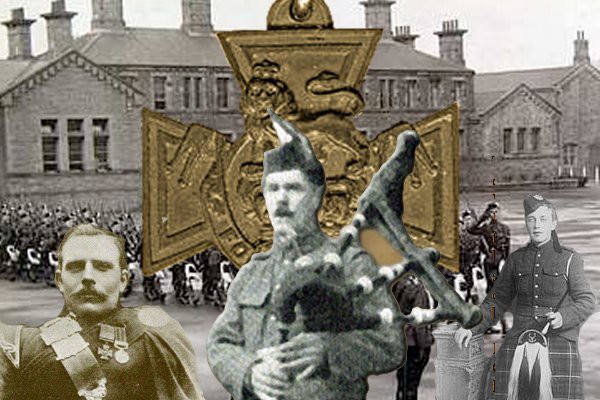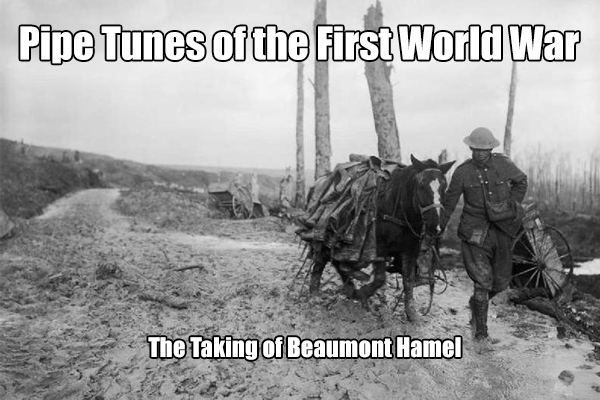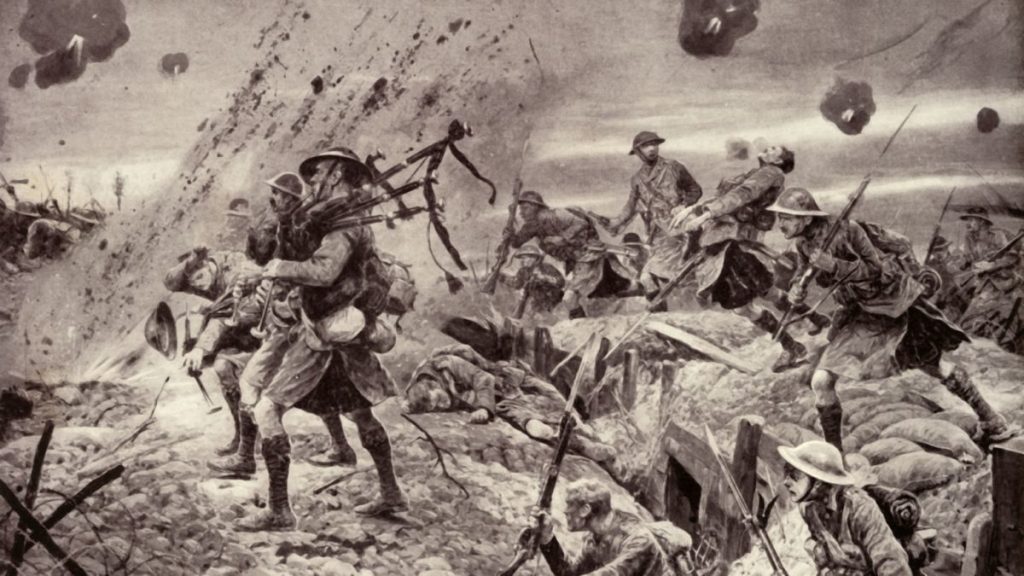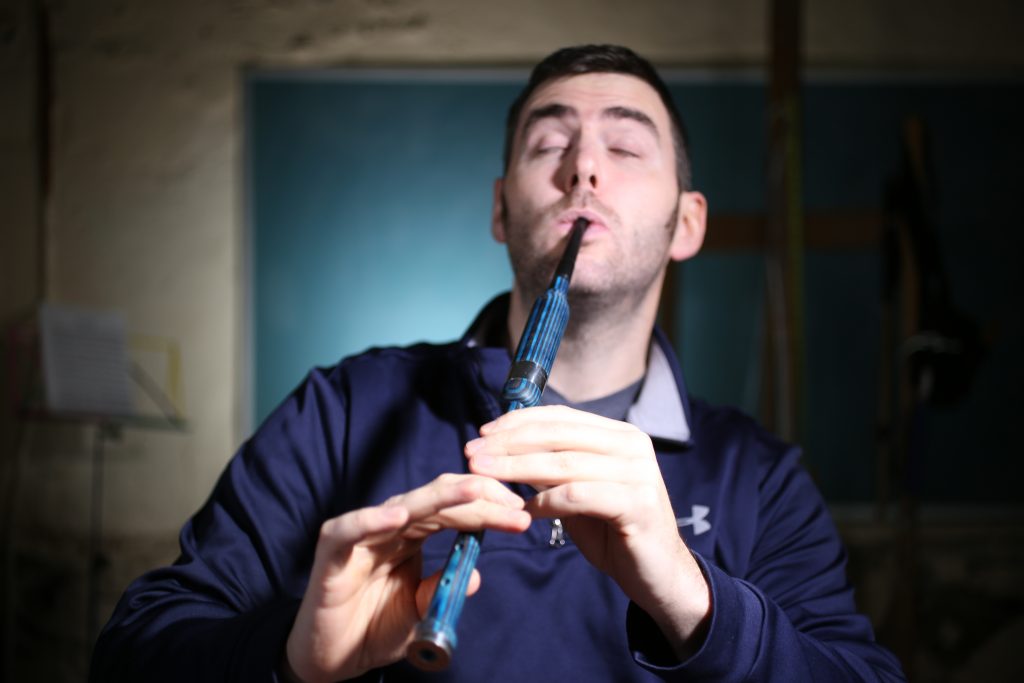Bagpipers and the Victoria Cross

The Victoria Cross is the highest military award for members of the armed forces of the Commonwealth countries. This award is given for valor in the face of the enemy of the “most conspicuous bravery, or some daring or pre-eminent act of valor or self-sacrifice, or extreme devotion to duty in the presence of the enemy.” We are going to look at three bagpipers who have won this award.
The Victoria Cross was established by Royal Warrant issued by Queen Victoria in January of 1856. In 1854 Great Britain went to war with Russia, a conflict called the Crimean War. Many acts of bravery by British servicemen were being reported in the press that were not being recognized by the government, for a variety of reasons.
The Victoria Cross was designed as an award for service members of all class or birth. Since its inception the Victoria Cross has been awarded 1,358 times. At least 3 of those awards have gone to bagpipers of various Commonwealth Regiments.
The first bagpiper awarded the Victoria Cross was Sergeant George Fredrick Findlater. Sergeant Findlater was junior piper of the Gordon Highlanders during the Tirah Campaign of the Indian Frontier War of 1897–1898.
During the Battle of Dargai Heights the Gordon Highlanders and members of a Gurkha Regiment stormed a position held by Afridi tribesmen. During this successful action four Victoria Crosses were awarded.
On October 20, 1897 Sergeant Findlater was one of five pipers playing for an advance of troops on one of the defenses of the heights. The 1st Gordon’s were ordered to advance over open ground to storm the heights. During this advance he was shot in both of his feet and broke one of his ankles. He was unable to continue the advance but propped himself up on a boulder and continued to play for the advance.
Sergeant Findlater is said to have played the tune “The Haughs O’ Cromdale,” a tune commemorating a Jacobite piper who was wounded and perched himself on a rock and continued to play his comrades into battle. Findlater was personally given the award by Queen Victoria on May 14, 1898.
The next bagpiper to win a Victoria Cross was Piper Daniel Laidlaw of the King’s Own Scottish Borderers, 15th (Scottish) Infantry Division British Army during the First World War. He was 40 years old at the start of the war.
During the beginning of the Battle of Loos, the largest British attack of 1915, the French and British armies tried to break through he German defenses in Artois and Champagne. The Scottish Borderers, at Hill 70 were ordered to assault enemy trenches in support of the campaign.
On September 25, 1915, before the assault was to begin, the Borderers in the trenches were heavily shaken by a heavy German bombardment and a poison gas attack. Piper Laidlaw mounted the trenches and played. He marched with the troops through heavy machine gun fire and most of the way to the German lines. Even thought he was wounded he continued to play until the enemy position was captured.
Piper Laidlaw played the tune “The Blue Bonnets O’ the Border,” the regimental tune of the King’s Own Scottish Borderers. He was awarded the Victoria Cross on November 18, 1915.
Piper James (Jimmy) Richardson of the 72nd Seaforth Highlanders of Canada, 16th (Canadian Scottish) Battalion, Canadian Expeditionary Force, during the First World War.
The 16th Canadian Scottish took part in the Battle of the Ancre Heights, part of the Battle of the Somme in 1916. The 72nd were ordered to assault German positions at the Regina Trench near Somme, France.
Piper Richardson was one of four bagpipers leading the Battalion during the initial assault playing “We’ll Take the Good Old Way.” They marched over a half mile of intense machine gun fire before reaching heavy, uncut wire. Richardson played for 20 minutes, marching back and forth in front of the wire while it was being cut.
As the battalion advanced past the wire the company Sergeant Major was wounded and Piper Richardson volunteered to take him back across the lines. He remembered that he left his pipes at the front and he went back for them, leaving the Sergeant Major in the safety of a shell hole. He was never heard from again. His remains were found in 1920. He was awarded the Victoria Cross posthumously.
These three bagpipers are just a few among the many pipers who served in Commonwealth armies valiantly over the years. There are many more stories of heroism from the Commonwealth bagpipers to be told.






Responses